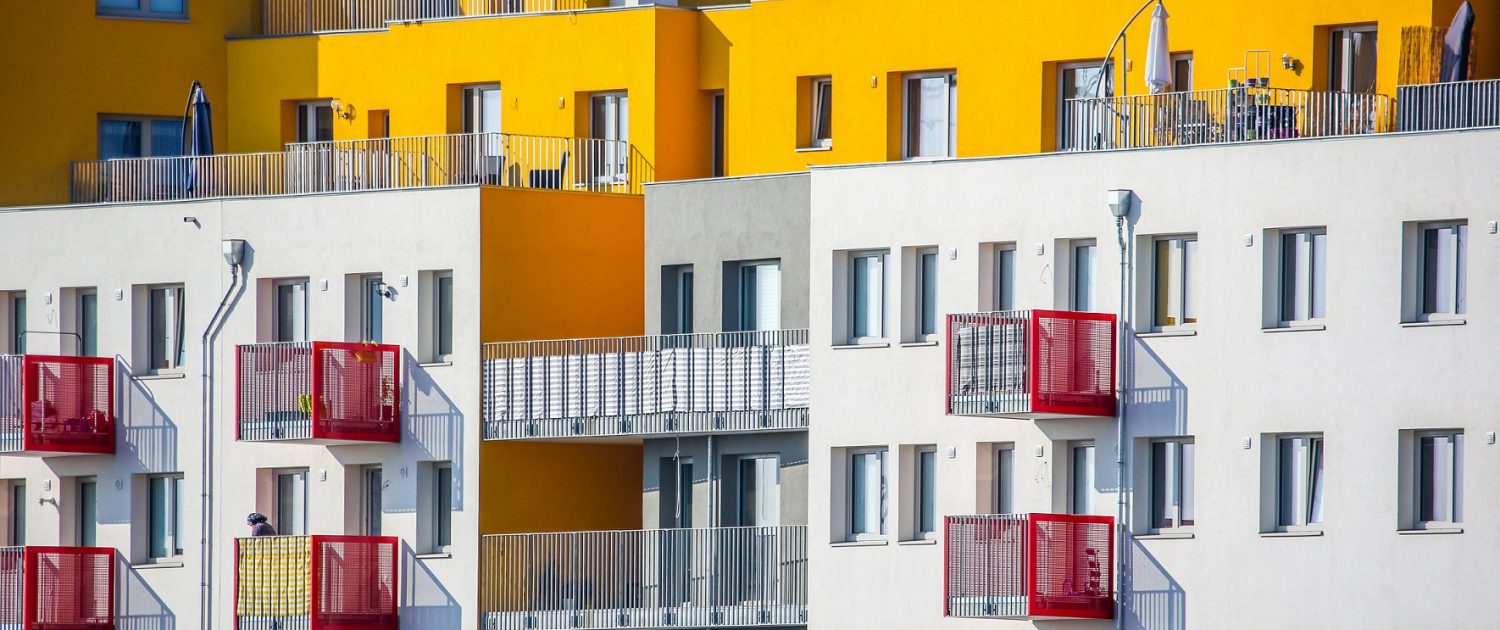Climate protection areas: No more fossil fuels in new buildings

(c) City of Vienna/C.Fürthner
Vienna creates climate protection areas. Newly constructed buildings in these areas must be equipped with renewable energy or district heating.
8 out of 10 new buildings in Vienna will be located in a climate protection area by mid-2020. There, heating, cooling and hot water preparation of newly erected buildings must be provided either by renewable energy such as geothermal energy, solar energy, biomass or district heating. All new buildings in these areas are affected: Subsidised as well as freely financed residential buildings, offices, shops, but also public buildings such as schools or kindergartens. In the long term, fossil fuels will be a thing of the past in these areas.
In the growing city, the new construction sector is one of the central levers for effective climate protection. Houses being built today will still stand in 50 years’ time. With the climate protection areas, Vienna is making climate-friendly systems the standard.
Phasing out of oil and gas: Viennese building regulations strengthen climate protection
The definition of climate protection areas is laid down in the ordinance on spatial energy plans in the Vienna Building Code § 2b. The ordinances are already in preparation and will be issued district by district. The first districts are 2, 3, 7 and 16, followed by the other districts in several stages. By the end of 2020, numerous climate protection areas are to exist in the entire Vienna city area.
This will essentially influence, by ordinance, the choice of heating and hot water systems for new buildings. Existing buildings are not affected. In future, only one of the so-called “highly efficient, alternative systems” in accordance with the Vienna Building Code (§ 118 Para. 3) may be used for heating and hot water generation in a new building erected within a climate protection area. These systems are essentially:
- Connection to a district heating network or micro-grid if all or part of the energy (at least 80%) comes from renewable sources or from highly efficient combined heat and power plants.
- Decentralised energy supply systems based on renewable energy sources (heat pumps, biomass heating systems, solar energy, etc.) provided that the Air Pollution Control Act (IG-L) is taken into account.
- Use of waste heat
- Combined heat and power plants that produce electricity and feed the resulting waste heat into a heating network.
Where can climate protection areas be enacted?
Land in a climate protection area can generally be connected to district heating. In addition, at least one further climate-friendly heating system based on renewable energies or waste heat must be feasible. This ensures that there is still freedom of choice for the heating system in climate protection areas as well.


Leave a Reply
Want to join the discussion?Feel free to contribute!